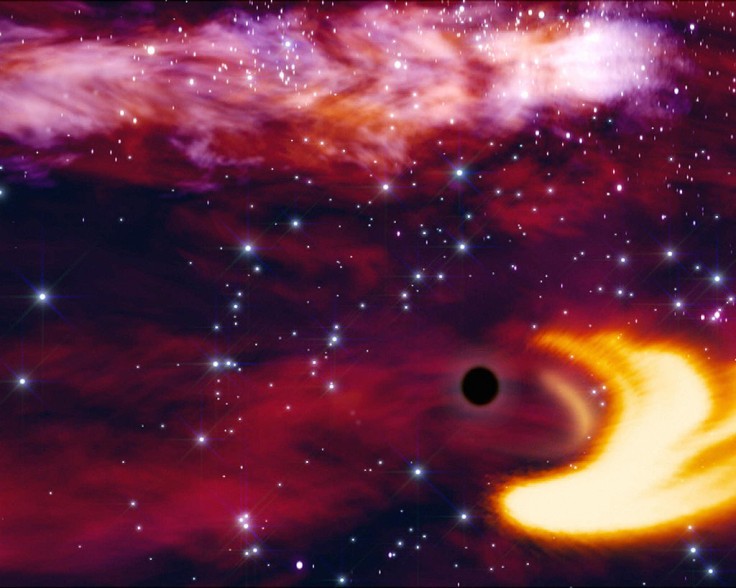
A galactic shipyard 11 billion light-years beyond Earth has been spotted by astronomers.
Nearly 11 billion light-years from Earth, an international team of astronomers discovered a galaxy shipyard, a structure presumed to be a "protocluster" of galaxies on its way to evolving into a galactic supercluster.
The identification of this supercluster could lead to a better understanding of how galaxy clusters, the universe's most massive formations, are put together.
This was captured by the Planck telescope.
Planck Space Telescope
According to the European Space Agency, a service module, which held equipment for power generation and cooling, attitude control, data handling, and communications, as well as the warm components of the scientific instruments, and a payload module makes up the Planck spacecraft.
The telescope, the optical bench, and the parts of the instruments that needed to be cooled - the sensitive detector units - as well as the cooling systems made up the payload module.
Planck rotated at a rate of one revolution per minute, with its spin axis pointing toward the Sun.
Its telescope was angled away from the spin axis, resulting in a wide circle in the sky that moved as the Earth and Planck telescope rotated around the Sun.
On top of an octagonal service module, the Planck telescope and instrumentation were installed.
To shield the telescope and instruments from stray light, a baffle was placed around them.
Furthermore, three 'V-grooves' were employed between the service module and the telescope construction to prevent thermal radiation from the relatively warm service module from heating the payload.
How the Protocluster was Discovered
"We still know very little about protoclusters, in part because they are so faint, too faint to be detected by optical light," Brenda Frye, an associate professor of astronomy at the University of Arizona's Steward Observatory, stated.
"They are also known to emit brightly at other wavelengths, such as the sub-millimeter."
The Planck instrument of the ESA identified this protocluster as part of an all-sky scan.
The protocluster was discovered in the far-infrared area of the electromagnetic spectrum in this investigation.
Furthermore, the Astronomers discovered a protocluster named PHz G237.01+42.50, or G237, while going through a sample of more than 2,000 objects that could be on their way to becoming clusters.
To confirm its identity, more observations were required.
The researchers observed 63 galaxies belonging to the G237 protocluster using the combined power of the Large Binocular Telescope in Arizona and the Subaru Telescope in Japan.
The Galaxy Shipyard
As reported by Tech Explorist, the scientists later realized that some of what they were seeing was coming from the galaxy is unrelated to the protocluster.
Even after the extraneous observations were deleted, Mari Polletta at the National Institute for Astrophysics in Milan claims that the total star formation rate remained high, at least 1,000 solar masses per year.
The Milky Way, on the other hand, creates around one solar mass per year.
"The picture we've cobbled together today is of a successful galaxy shipyard, which is functioning at high efficiency to assembling galaxies and the stars within them, and has a more sustainable energy supply," Frye said.
Furthermore, the researchers are currently working on combining views from NASA's James Webb Space Telescope with data from the Large Binocular Telescope, which will be launched in December.









